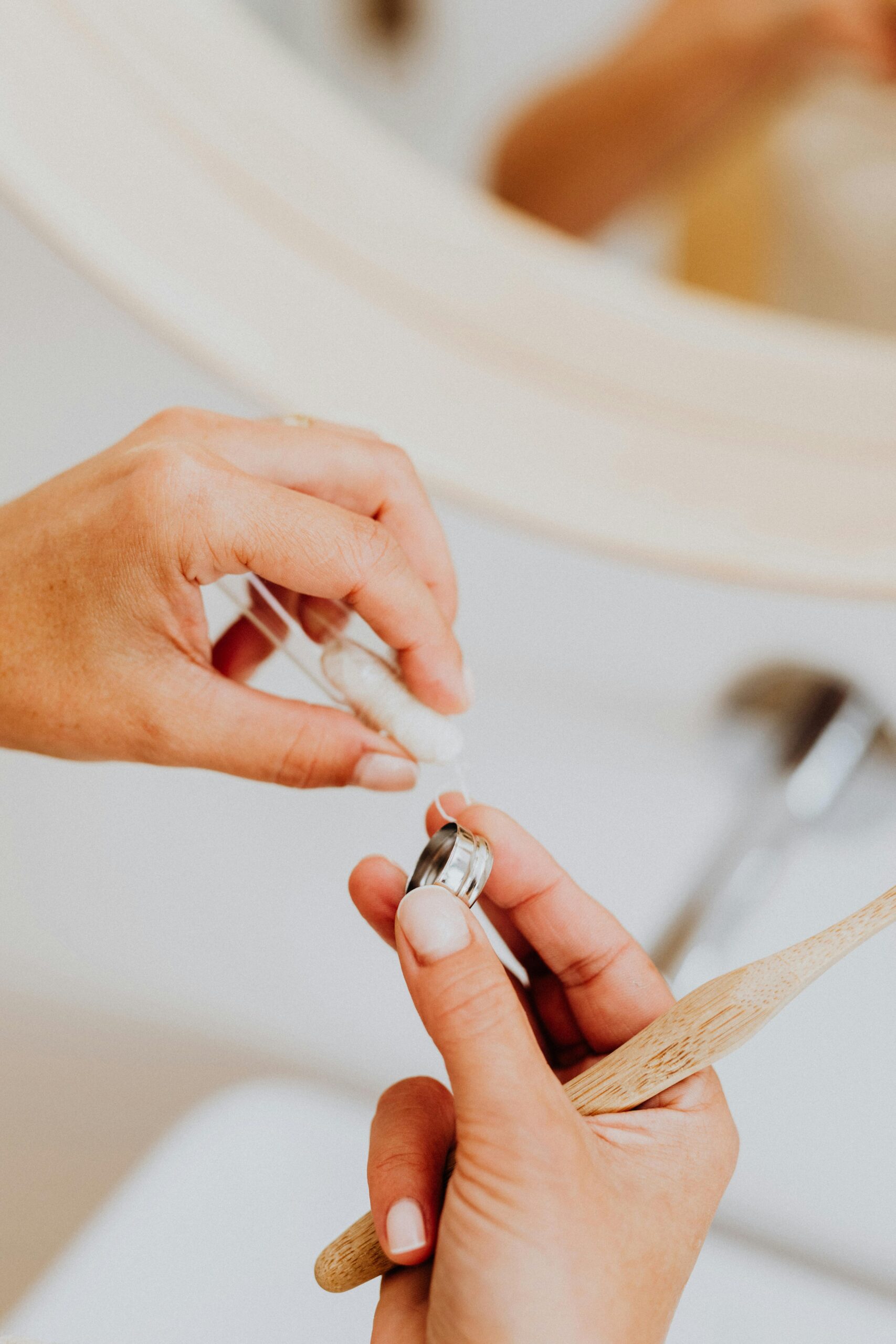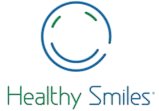Proper brushing and flossing are key to maintaining a healthy smile and preventing common dental problems like gum disease, cavities, and bad breath. Whether you’re a child, teen, or adult, practicing the right techniques can improve your oral health and keep your teeth and gums in top condition.

How to Brush Your Teeth Correctly
- Hold your toothbrush at a 45-degree angle to your gumline.
- Use gentle, back-and-forth strokes to clean all surfaces of each tooth—outer, inner, and chewing surfaces.
- Don’t forget to gently brush the tongue to remove bacteria that can cause bad breath.
- Make sure to brush for at least two minutes twice a day for the best results!
How To Properly Floss Your Teeth
- Cut off about 18–24 inches of dental floss, wrapping most of it around your middle fingers, leaving a few inches to work with.
- Gently slide the floss between your teeth, curving it into a C-shape against each tooth’s side.
- Move the floss up and down, cleaning beneath the gumline.
- Floss at least once a day to ensure your gums stay healthy and your teeth are free of plaque buildup.

